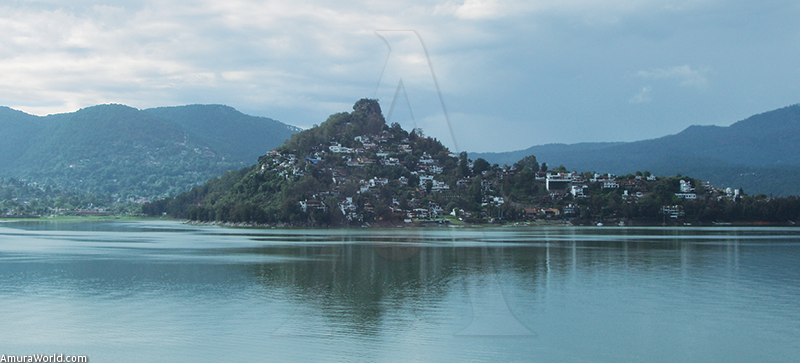The Pueblos Mágicos, or Magical Towns, categorized as such by Mexico’s Ministry of Tourism (SECTUR), are not just picturesque villages: they offer services, are accessible by road, and they are noted for a heritage that they have been able to preserve over the years.
This program is part of SECTUR’s strategic plan and is coordinated with state and local governments.
With the incorporation of Valle de Bravo into Pueblos Mágicos, the State of Mexico now has two towns in this program, the other being Tepotzotlán.
Valle de Bravo was founded by a group of Franciscans, headed by Fray Gregorio Jiménez de la Cuenca, on November 15, 1530, in a settlement that, from that point on, would be called El Pino, situated a few leagues from La Peña.
Because of its location, Villa del Valle (as of 1852 its official name was San Francisco Temascaltepec) was witness to many events and, during one of them it became the city of Valle de Bravo.
It happened during a visit of the then governor of the State of Mexico, Juan Nepomuceno Mirafuentes, in 1877. He sensed the progress and social order that ruled in the town and a petition was drawn up, asking the local legislature to change the category of the town to “city”.
That is how is got the name of City of Valle de Bravo (in honor of Nicolás Bravo), in March 1878, by decree of the state legislature.
The 1990 census shows a total of 15,000 habitants and a floating population of approximately 6,500. These figures include the city and some 20 small communities that are located around it. Furthermore, there are estimates that there are 2,800 weekend homes in town that provides shelter for up to 22,000 people.
Text: Araceli Cano ± Photo: Lía Rueda

